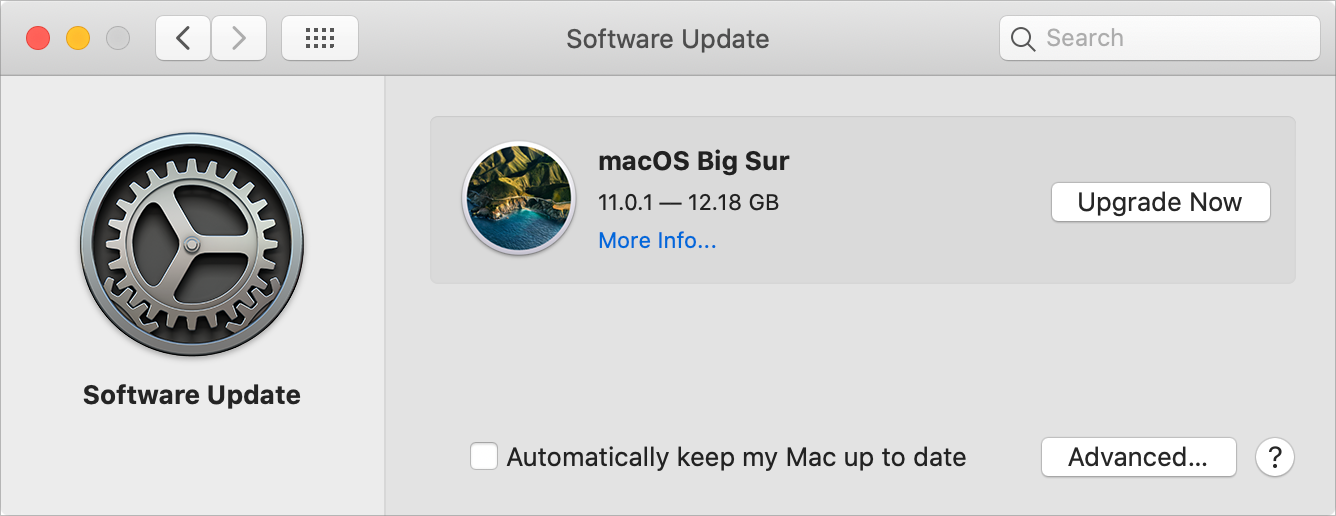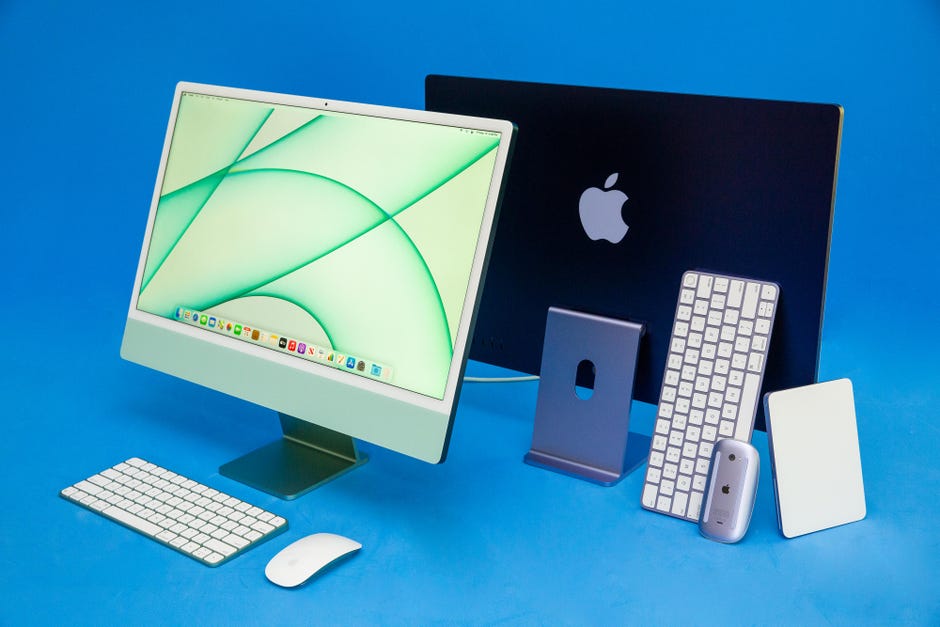
Not sure why I had to take this mysterious detour - probably something local to my machine, but if you're having trouble after following the guide above, see if it helps.

Just to be clear, leave the original file where it is, untouched and unharmed throughout this step. After which, I was able to delete the duplicated file and everything now works without issue. What I did was duplicate that file in the same folder and changed the duplicate's name to 'index.html', leaving the original in situ.īoth local and user sites then loaded.

This contains the text "It works!" referred to in the post. However, if, like me, you still can't get the local host site to load, try the following: You should find a file at /Library/WebServer/Documents/. can lead to the installation of viruses Educate yourself on the latest Mac. I tried logging out and back in (still no joy), then restarting the mac (still no joy). In most cases, Mac virus developers try to lure you into downloading a fake. We hope you enjoy using it.Just a note, in case anyone has the same issue.
#CHECK MAC FOR WHAT TRIED TO INSTALL LAST UPDATE#
BlueStacks will now have permission to run on your Mac. This is more of a workaround, as it bypasses the Software Update system preference panel on the Mac, but you can try to download the macOS installer via App Store or direct download link from Apple, downloading the full macOS installer application directly using the command line, or by using the excellent free third party app MDS (Mac Deploy. Note If you have any problems with the installation, see the following. Now, open the Terminal once again from Utilities and type: csrutil enable When you try to access a Web site that requires Silverlight to display the. Next, restart your Mac again and enter the Recovery mode.ġ1. Once Terminal launches, enter the command: sudo chflags -R restricted /Library/StagedExtensionsġ0. The search results will now show you the application. Next, type in "Terminal" in the search bar.Ĩ. Next, open the Apple menu at the top left and select Restart.Ħ. Here, enter the command: csrutil disableĥ. Here, click on Utilities in the menu bar and select Terminal.Ĥ. As your Mac begins to restart, press and hold down the Command(⌘) + R keys until you see the Apple logo.ģ. Click on the Apple menu icon at the top left and select Restart. Before you download the latest installer setup file, make sure that you delete all the. You can do this by following these steps:ġ. Nothing happens or you may see an error when you open Norton. Giving permission to BlueStacks from Recovery mode.Īnother way to give BlueStacks' permission to run is through Recovery mode. You should now find the Allow option for BlueStacks within the Security & Privacy settings. Click on Restart to proceed with the update. Next, you will be asked to restart your Mac. You will find that a software update is available for your Mac. If your Mac is currently running any version of OS X except El Capitan. Within your System Preferences, open Software Updates.ģ. But you might find occasion to install, reinstall, or use it to upgrade, such as. Once your Mac boots up, select the Apple menu icon on the top-left and click on System Preferences.Ģ. In such cases, you can update your macOS by following these steps:ġ.

Older versions of macOS may not present the Allow option which lets you run BlueStacks. Note: We highly recommend you back up all of your data before updating your macOS I included a screen shot so you could visually see the 3 items I am referencing for QWAVE to work correctly.
#CHECK MAC FOR WHAT TRIED TO INSTALL LAST DRIVER#
Updating your macOS to the latest version. Install Protocol: Link-Layer Topology Discovery Mapper I/O Driver Installing the above items to your network adapter should allow the QWAVE service to run properly. Please visit our official website and click on the "Download BlueStacks 4" button to get the latest version.Ģ. If you're on an older version of BlueStacks for macOS, you may face issues with giving it permission to run in some cases. Downloading the latest version of BlueStacks for macOS.


 0 kommentar(er)
0 kommentar(er)
